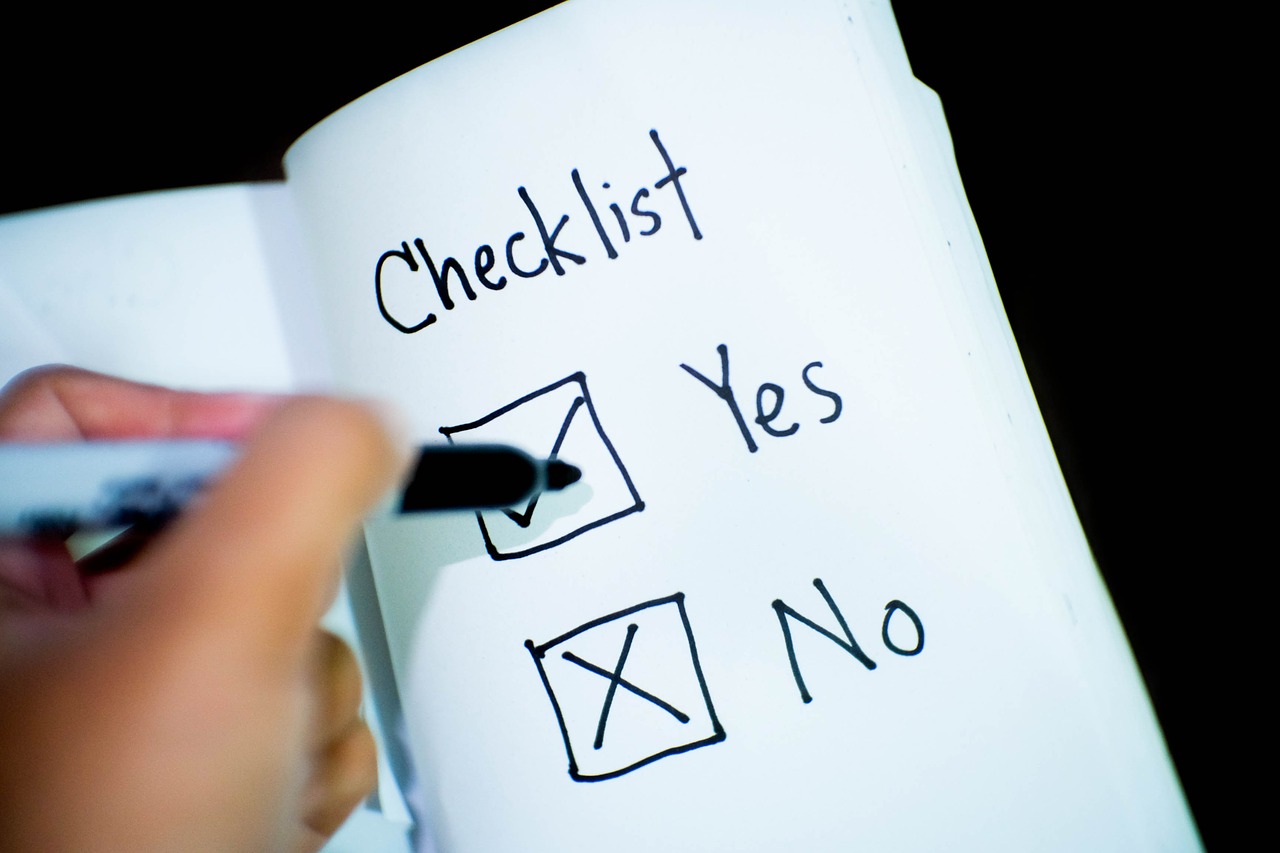
You probably meet with all your employees on a regular basis, talk about their strengths, what they need to improve on, and their future goals. Most companies do annual performance reviews with their people…but do you do them for your events and trade shows as well? If you’re not measuring success at trade shows and thinking about what goes into them to make them successful, you’re likely making arbitrary and emotionally-driven decisions about your marketing spend.
That’s no way to make the most of your trade show budget.
Do Your Trade Shows Get Performance Reviews, Too?
“Performance” reviews or assessments are important to do after events because you need to make sure your money, resources, and time are being spent wisely. If an event just did not perform up to your expectations, it might be time to think about cutting it from your list, or at least making some changes.
How Do You Measure Success at Trade Shows?
Are you simply calculating what it cost to participate versus how many new customers you bring in? That’s a start but there may be things you’re overlooking both on the costs and benefits sides.
Before any event, you should outline goals and objectives. This will help you when you do your event review. You can use your goals as benchmarks to tell if you had a successful experience.
Event Performance Review Area Number 1: Productivity
Time is money. So think about the cost of the hours behind sending your team. What were they not able to do while they were on the trade show floor?
Was the trade show a productive use of your time? Ask yourself questions like:
- Did you (or the employees you sent to staff the event) talk people in your ideal demographic?
- Were they decision makers?
- Were they ready to buy?
- Did you give out all your swag, or did you have a lot left over?
Compare the answers to these questions to what your team could’ve been doing in the office. For instance, if they talked with three qualified buyers at the event, but would’ve fielded six at home in the same time, it might not be a good use of their time.
After you return, calculate how many calls you got the following month from traffic at the event. These questions will help you measure your productivity and return on investment.
Event Performance Review Area Number 2: Responsibilities
“Responsibilities” are really your goals for the trade show. What were you hoping the event would accomplish, and did it accomplish the goals you had in mind? Are you measuring that goal appropriately? For instance, if your goal was increasing brand awareness measuring sales from the trade show is not an adequate way to do that. Yes, people who buy from you are aware of your brand but brand awareness is larger than sales.
Or maybe your goal was to build your network with other businesses like yours. In that case, you may measure success by the number of business cards you received and the follow-ups you send.
List out everything the event was responsible for accomplishing, and if it just didn’t hit the mark you need to re-evaluate. If it did, and even went above and beyond your expectations, then it is definitely an event you should keep on your list. You might even want to consider a bigger presence next time.
Event Performance Review Area Number 3: Quality
This measures the quality of what you provided and what was provided for you. For example:
- Did you send people that you know would advocate for your business or was it a 7 am event and only Joe volunteered? Were you thinking, he’s a little too introverted, but no one else would do it so…?
- Did you take time planning your booth setup, or is that something you could have focused more of your time on doing?
- Was your swag a good bargain, but not necessarily a great, long-lasting marketing tool?
- Did you pay the cheapest fee and end up in a back corner where no one ventures?
- Was this a brand new event with a poorly run planning committee, so you weren’t given any information in a timely manner? This could improve for next year…but you just never know.
The quality of events you choose to attend, and the quality of personnel and materials you send to them will make a big difference, so this should definitely be on your list of performance indicators.
Performance reviews for your events are a helpful way to track the number of events you do each year, the outcomes of each event, and if the event is worth your business’s time. Even if you don’t do a formal review, you can always do an event debrief with your staff. Making sure you talk about each event or trade show after it happens is just another way to help improve your small business and increase your profit and results.






Leave a Reply